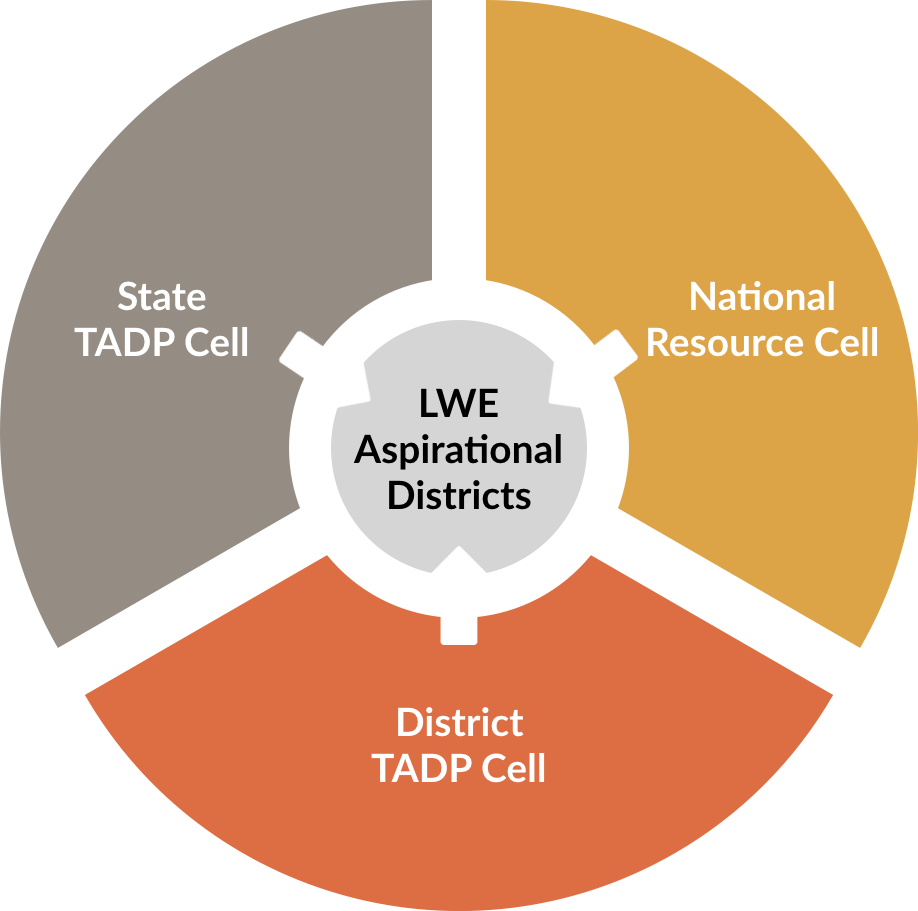India is on a high growth trajectory that is expected to lift millions out of poverty. However, presently the quality of life of many of its citizen is not consistent with this growth story, a fact reflected in UNDP’s 2016 Human Development Index wherein India ranked 131 out of 188 countries. A closer look at the data reveals high heterogeneity in the living standards in India.
There are significant inter-state and inter-district variations. By uplifting the districts which have shown relatively lesser progress in achieving key social outcome, India can move ahead in the human development index. The ‘Transformation of Aspirational Districts’ initiative aims to remove this heterogeneity through a mass movement to quickly and effectively transform these districts
On the 75th anniversary of the Quit India Movement on 9th August 2017, Hon’ble Prime Minister interacted with the District Collectors through video conference and stated that “when the socioeconomic conditions improve in the 100 most backward districts, it would give a big boost to overall development of the country”.
Launching this programmer in January, the Prime Minister addressed the Collectors of all aspirational districts and gave a call for a concerted effort to turn these districts around.
The broad contours of the programme are Convergence (of Central & State Schemes),Collaboration (of Central, State level ‘Prabhari’ Officers & District Collectors), and Competition among districts driven by a spirit of mass Movement. With States as the main drivers, this program will focus on the strength of each district, identify low-hanging fruits for immediate improvement, measure progress, and rank districts.
Health & Nutrition, Education, Agriculture & Water Resources, Financial Inclusion & Skill Development, and Basic Infrastructure are this programme’s core areas of focus. After several rounds of consultations with various stakeholders, 49 key performance indicators have been chosen to measure progress of the districts. Districts are aspiring to first catch-up with the best district within their State, and subsequently aspire to become one of the best in the country, by competing with, and learning from others in the spirit of competitive & cooperative federalism
Depending on identified criteria, certain ministries at Government of India have been assigned as nodal ministry for a number of districts. 35 LWE affected districts have been identified by NITI Aayog for the Aspirational Districts programme for which Ministry of Home Affairs has been designated as the Nodal Ministry.
Transformation of LWE-Aspirational Districts is an initiative of the Ministry of Home Affairs, Government of India for complete transformation of identified Districts across multiple “quality of life experience” (QLE) dimensions as defined by NITI Aayog. The programme would bring convergence of different programmatic resources to bring substantive change in the districts. The engagement seeks to leverage existing government and non-government development efforts in the districts and bring convergence of schemes available in the districts together with resources made available from MHA in a focused manner.


